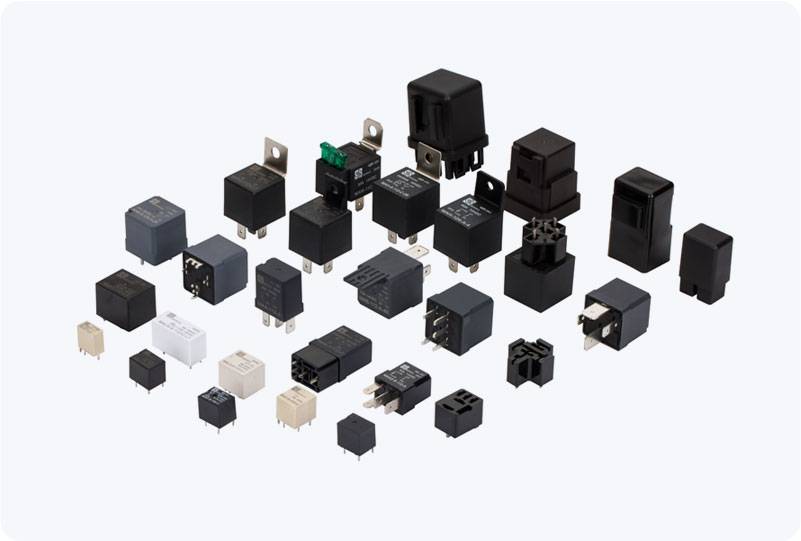Understanding PLC Control Relay: Key Role in Industrial Automation

Programmable Logic Controllers (PLCs) are fundamental components in industrial automation, providing precise and efficient control over various mechanical and electrical processes. Among the essential elements in a PLC system is the PLC control relay, which enables the controller to switch external devices on and off based on pre-programmed logic. This article explores the function, importance, and applications of PLC control relays in modern automation systems. What is a PLC Control Relay? A PLC control relay is an electromechanical switch that can be controlled by a PLC to activate or deactivate other devices, such as motors, solenoids, or lights, within an industrial system. Unlike traditional relays that require manual switching, PLC-controlled relays are automated, making them indispensable for modern automation processes. These relays act as intermediaries between the PLC and the external electrical components, providing a controlled way to power or disconnect devices as required.